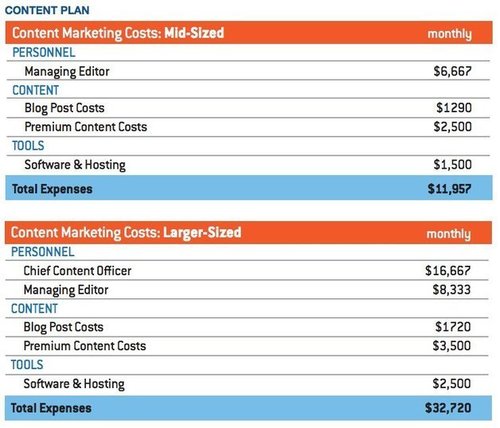SEO: what it used to be vs what it is now
With Panda, Penguin and all the other Google updates, SEO has changed over the years. What used to work doesn’t anymore.
Source: www.quicksprout.com
As many have observed for some time now, SEO has completely changed over the past few years. From being machine-centric, it became people-centric. But what does it mean concretely to content marketers?
This infographic by Neil Patel gives a number of interesting points, a couple of which I want to comment:
Read More
















 “Do you have a content marketing strategy? Do you have the resources necessary to implement your content marketing strategy? Do you find it easy to create unique content on a consistent basis? If you answered NO to any or all of these questions, you’re not alone.”
“Do you have a content marketing strategy? Do you have the resources necessary to implement your content marketing strategy? Do you find it easy to create unique content on a consistent basis? If you answered NO to any or all of these questions, you’re not alone.”







